Writers and artists have somehow always known cemeteries are a place of inspiration. Seattle-based writer Stacy Carlson, author of Among The Wonderful, shares her particular credo about Mount Pleasant.
——-
There’s a blue-green house shaped like a barn on West Bothwell Street that’s half a block from a T-intersection.
It’s a T because instead of another block of tidy houses, the Mount Pleasant Cemetery breaks the grid with its amoeba-shaped expanse. I don’t know exactly how big, or how old the cemetery is. I don’t know anybody buried there. But if it weren’t for Mount Pleasant, half a block from the house where I grew up, I never would have started writing fiction.
My friend Shannon and I roller-skated all over our neighborhood. We started out in the alley behind Shannon’s house. We didn’t try to learn how to skate backwards or do any fancy twirls. We went for speed.
Starting at one end of the alley, we simply raced each other to the other end and most of the time, Shannon won. But the pavement in that alley was a rough grade, and we dodged jagged potholes, giant cracks and more than once ripped up our knees, elbows, and faces. After a while we moved to a patch of smooth cement on a quiet street a couple of blocks from my house.
It was a short-lived victory: one night coming home from work my dad spotted us skittering out of the way of his car. We were banished from the streets.
It was then that we zeroed in on the cemetery. Shannon crept through the laurel hedge for a look around and she reported that the cemetery had the smoothest pavement she had seen in her entire life!
Not only was the cemetery road smoother than any road we’d ever skated on, but the cemetery itself was on a slight hill, so we went faster than ever. Plus, if you went out of control, usually you could bail right onto the lawn, only occasionally knocking yourself against a headstone.
So one time, this was in the summer when it stayed light until ten at night, we were skating in the cemetery. We always stayed on the far side, away from the house where the groundskeeper lived. The cemetery officially closed at sundown, but in the summer that could mean anywhere between seven and ten, depending on the weather.
Often, the place closed with us in it.
This normally wouldn’t matter – we had our usual hole in the hedge – but, as we soon found out, Mount Pleasant employed an unusual nighttime security guard in the form of a sleek Doberman Pinscher.
We had just finished a downhill race (Shannon won) when the dog appeared in the distance, galloping towards us, barking hysterically. Of course we took off, back up the hill, doing the best we could on our skates.
We had no chance of outrunning this dog. Even I knew that.
As usual, Shannon skated faster than I did; I was the one who would be attacked and probably killed. So I remember this point, this crucial moment, when I made what seemed like the most important decision of my life: I decided to angle off the smooth road and go overland to try to reach a Maple tree with a low-hanging branch.
I would lose all my speed on the grass, but I figured I could get to the tree in about ten seconds, and in another ten I might be safe in its branches. I almost fell on my face because of the grass under my skates, but I made it. I swung onto the branch and managed to pull myself up in time.
The dog overtook Shannon and immediately bit her on the butt.
Luckily, the groundskeeper had heard the barking and managed to call off the dog before more harm was done. (In fact, due to a petition that soon went around our neighborhood, the dog was euthanized). Even though I felt bad for Shannon, I was proud of my escape and I trusted my instincts after that.
We played softball in Mount Pleasant too, on the one small field with vacant gravesites. Jesse, Ethan, Sam, Michael, my brother Gregory, and me. I guess we’d been playing for years before I noticed there was a name engraved on our home plate. It was mostly covered up with grass: Luella Hurley, 1899-1939.
Luella Hurley, the curliest name I ever heard. Instantly I could see her, in old-fashioned buttoned boots, sitting near us on a gravestone. She had wavy brown hair that swirled up in the wind and she carried a wicker basket with a cream cake inside. I don’t know where I came up with cream cake. I must have read about it somewhere, who knows. But there she was, clear as day in my mind, with some story to tell.
And finally, of course, Halloween: every year after we trick-or-treated we went home and changed out of our costumes. All the kids’ moms would call each other and they would agree that we could go into the cemetery for half an hour. It seems so weird, but they let us do it.
There were always a bunch of kids in there; I mostly remember being one of the younger ones. My brother and Jesse would run off, leaving Sam and me on our own. We’d be fine for the first five minutes, but dark shapes flitted behind every gravestone. We would clutch hands, then, squealing.
There were a few rituals we always had to do but there was one that was worse than the others. There was one crypt in this cemetery.
The Bauer family crypt.
It was a low cement room built into the side of the hill, and on Halloween you had to go up to the door and knock on it. You had to say something too, like “anybody home?” Maybe it doesn’t sound that scary, but when I got up there and found myself about to make contact with the Bauers, it nearly gave me a heart attack.
I must have done it five years in a row and my fear never subsided. But once it was done I ran away screaming in a delectable combination of terror and profound glee to still be among the living.
So I guess somehow the Mount Pleasant Cemetery gave me the three convictions that make fiction possible: 1. Trust your instincts. 2. Know that there are stories floating all around you, even under your feet, engraved in stone; see them, and give them the full range of your imagination. 3. Keep going, no matter how scared you are, until you’ve knocked on mystery’s door.
© 2008 by Stacy Carlson
———
For an anticipatory taste of Stacy’s book……:
“…In the autumn of 1840, PT Barnum purchased an outdated museum on the corner of Broadway and Ann Street in Manhattan. He was a newcomer to the city and still unknown to the world, but with uncanny confidence and impeccable timing he transformed the dusty natural history collection into a great ark for public imagination. Among the Wonderful is the story of this museum’s short, extraordinary reign as America’s most popular attraction.”

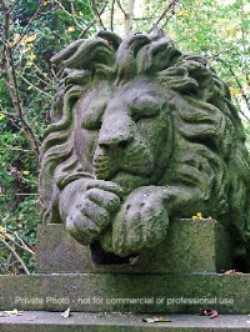
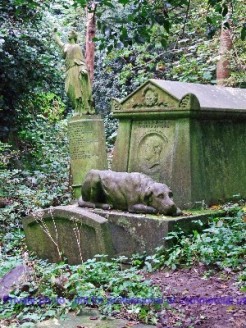
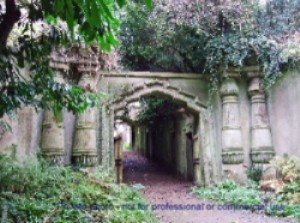


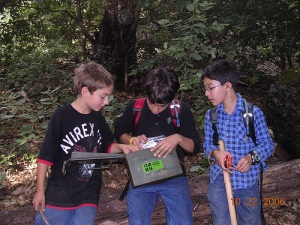
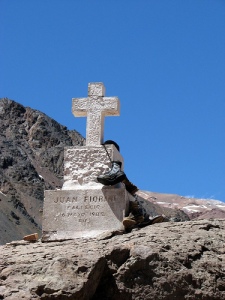


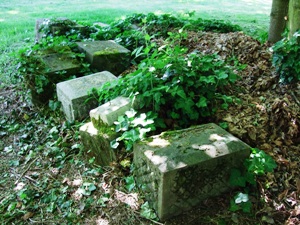

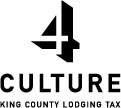




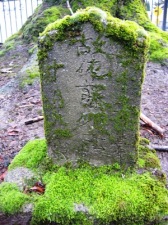




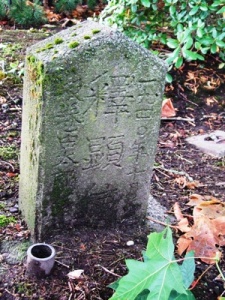
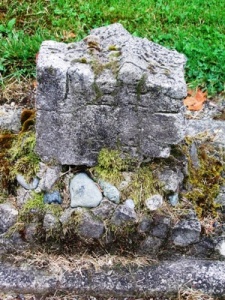
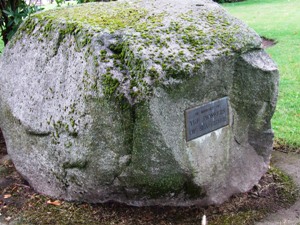
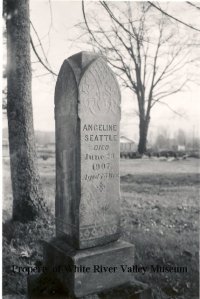

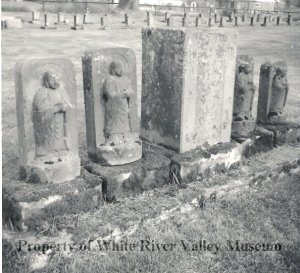
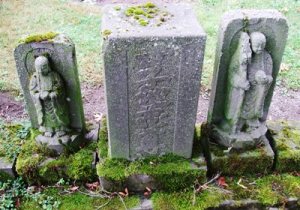


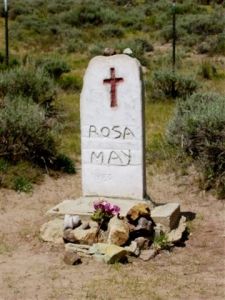

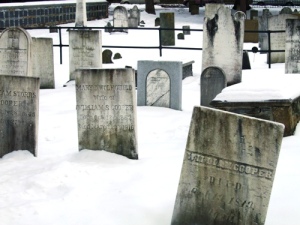


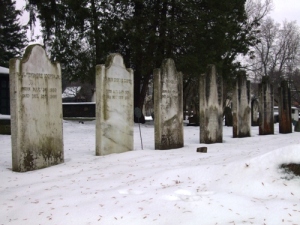





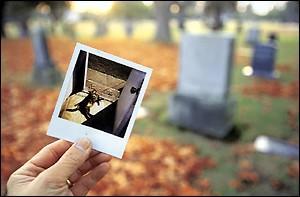
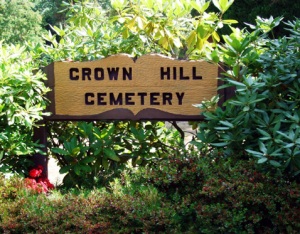

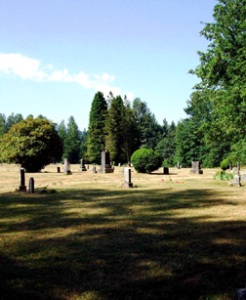

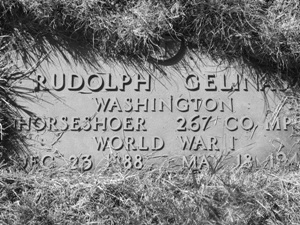
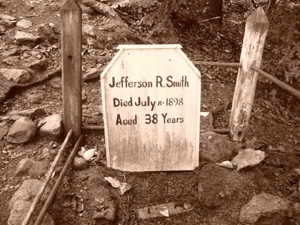

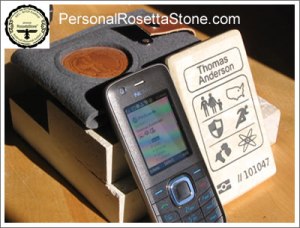

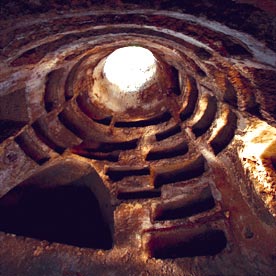
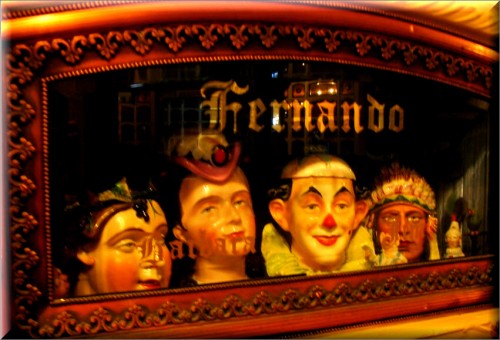
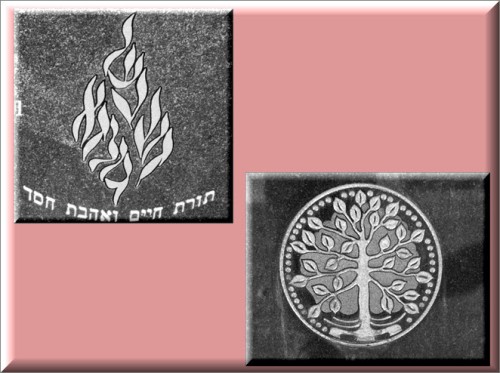
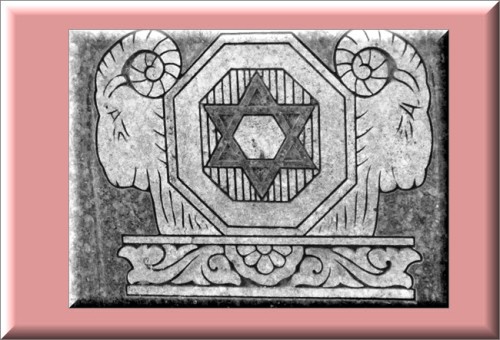

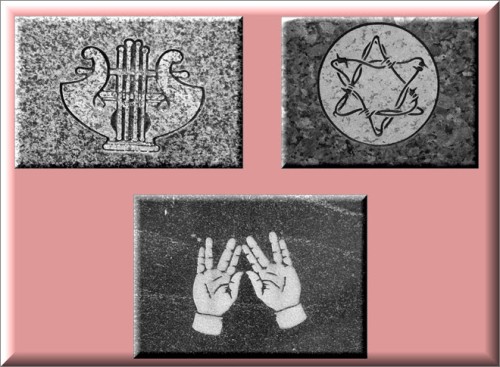

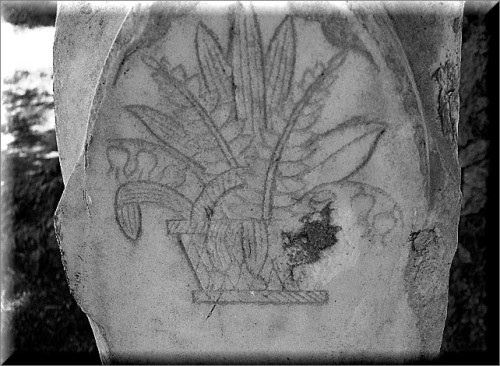
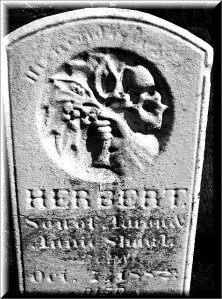
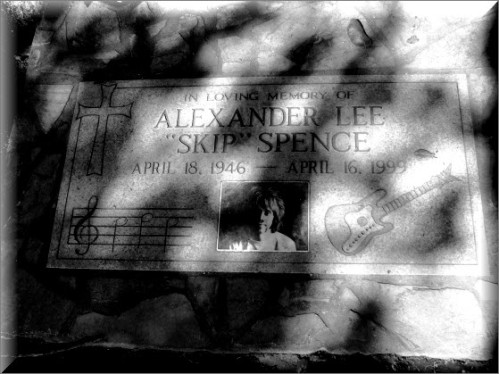

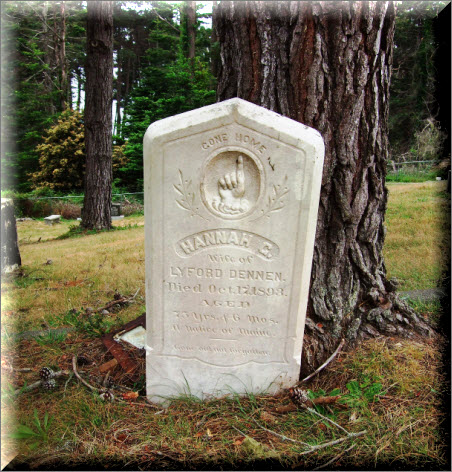
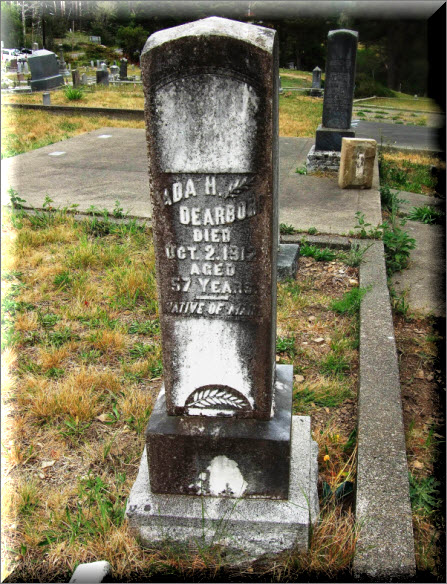

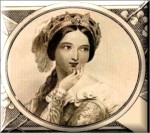

Soquel Cemetery: Generations of Metaphors
Soquel, California (pronounced “so-kell”) is a quiet town off the Northern California coastline, rooted within Spanish land grants dating back to 1776. Located approximately 70 miles south of San Francisco, most beach tourists driving the winding Highway 1 route to Santa Cruz beach spots rarely give it a second thought. However, those opting for the quieter, redwood tree-lined back roads have an opportunity to see this town first hand.
To the left and on the hill from the main four corners is a beautiful New England-styled church. Straight down the street is the unique Porter Memorial Library built in 1912 while to the right, is the Ugly Mug coffee house. But it’s the spot just outside of town at 550 Old San Jose Road that draws the most interest from fans of Skip Spence and genealogists tracing family history.
Photo by Shelly Peters
Continue reading →
Share this:
16 Comments
Filed under Commentary, Symbols, Travel
Tagged as Commentary, Symbols, Travel